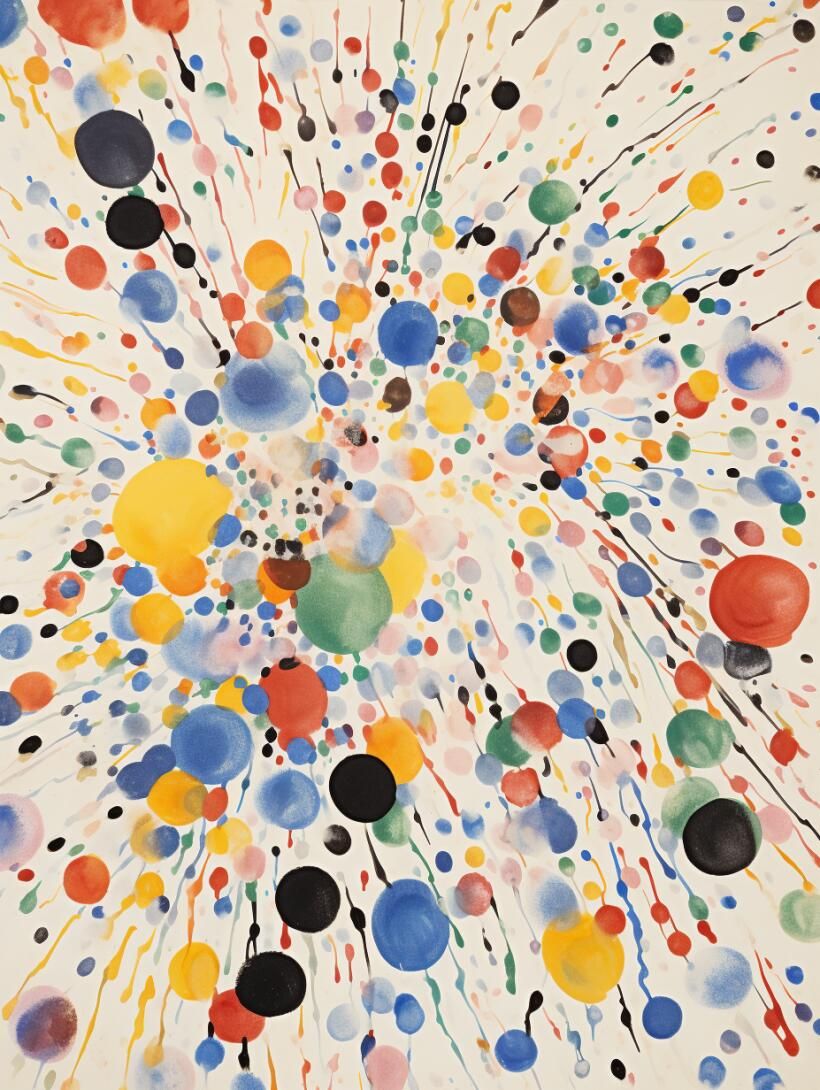Introduction: The Power of the Primary Colors
In any form of painting, including oil painting, color mixing is a fundamental skill that every artist must master. At the heart of every palette lies the primary colors—red, yellow, and blue. These colors form the building blocks for all other hues, and understanding how they work together is crucial for any artist. In this blog, we will explore the primary colors and their role in creating a vibrant and balanced oil painting.
The Three Primary Colors: The Basics
The primary colors—red, yellow, and blue—cannot be created by mixing any other colors. These are the purest colors in the color wheel and are used as the starting point for creating every other color. By mixing two primary colors together, you can create secondary colors such as orange, green, and purple.
For example, mixing red and yellow creates orange, blue and yellow make green, and red and blue form purple. This simple yet powerful concept is the key to understanding color mixing.
How to Use Primary Colors in Your Paintings
When painting with oil paints, begin with your primary colors and experiment with mixing them to create secondary and tertiary hues. For instance, if you’re painting a sunset, you’ll want to mix a deep orange by combining red and yellow, and a rich purple by blending blue and red.
Remember that oil paints are slow-drying, which gives you ample time to adjust and perfect the color mixes until you achieve the desired shade.
A Real-Life Story: The First Use of Primary Colors in My Work
When I first began painting, I felt overwhelmed by the complexity of the color wheel. But one day, I decided to focus only on red, blue, and yellow, trying to create a still life of apples. To my surprise, mixing these three primary colors led to a deeper understanding of how everything fits together in the world of oil painting. The richness of my work improved drastically by sticking to the basics.
Conclusion: The Foundation of Color Theory
Mastering the primary colors is the first step in understanding how colors interact. Once you feel confident with red, yellow, and blue, you can expand your palette to explore new hues and their emotional impacts. Remember, the key to becoming a proficient oil painter is practice, and understanding the primary colors will serve as your foundation for every painting.
Reference Reading
“The Power of Color in Oil Painting: A Beginner’s Guide to Mixing and Meaning“
